
Ready to be Exhausted?
Headers. One of the first items on the list for many car enthusiasts when it’s time to get serious about adding power. But when you start to look around, there are an overwhelming amount of choices to pick from. You will see terms like shorty, mid-length, long tube, Tri-Y, ceramic coated, painted, this diameter, that diameter – it can get overwhelming. So, read below to help you decide what headers fit your needs the best for your car and the power you want to achieve.
Are headers universal like some other exhaust components? – The answer here is a resounding no! While some similar chassis like the early Falcon and Mustang may be able to use the same part number, most headers are car specific. That includes down to not only the engine in your car but sometimes also the accessories like power steering, air conditioning and even what transmission is in your car. So be sure to check the notes on application when shopping for your next set of headers.
What’s the deal with all the sizes? – So, when it comes to Headers there are a ton of different sizes you will see thrown around. The first one is generally the primary tube diameter also called tube size. This is the diameter of the tubes that connect to the Cylinder head via a sturdy flange. These can vary greatly in size. The size you need is generally linked to a couple of factors based on your engine. First and foremost is engine size. It is usually a rule of thumb that the larger the engine the larger the primary tube diameter, which is needed to allow the engine to expel exhaust gasses the most efficient way possible. Keep in mind an upgrade like a supercharger generally forces a lot more air through the engine, which would necessitate a larger primary tube size to avoid and reduce restriction in your exhaust.
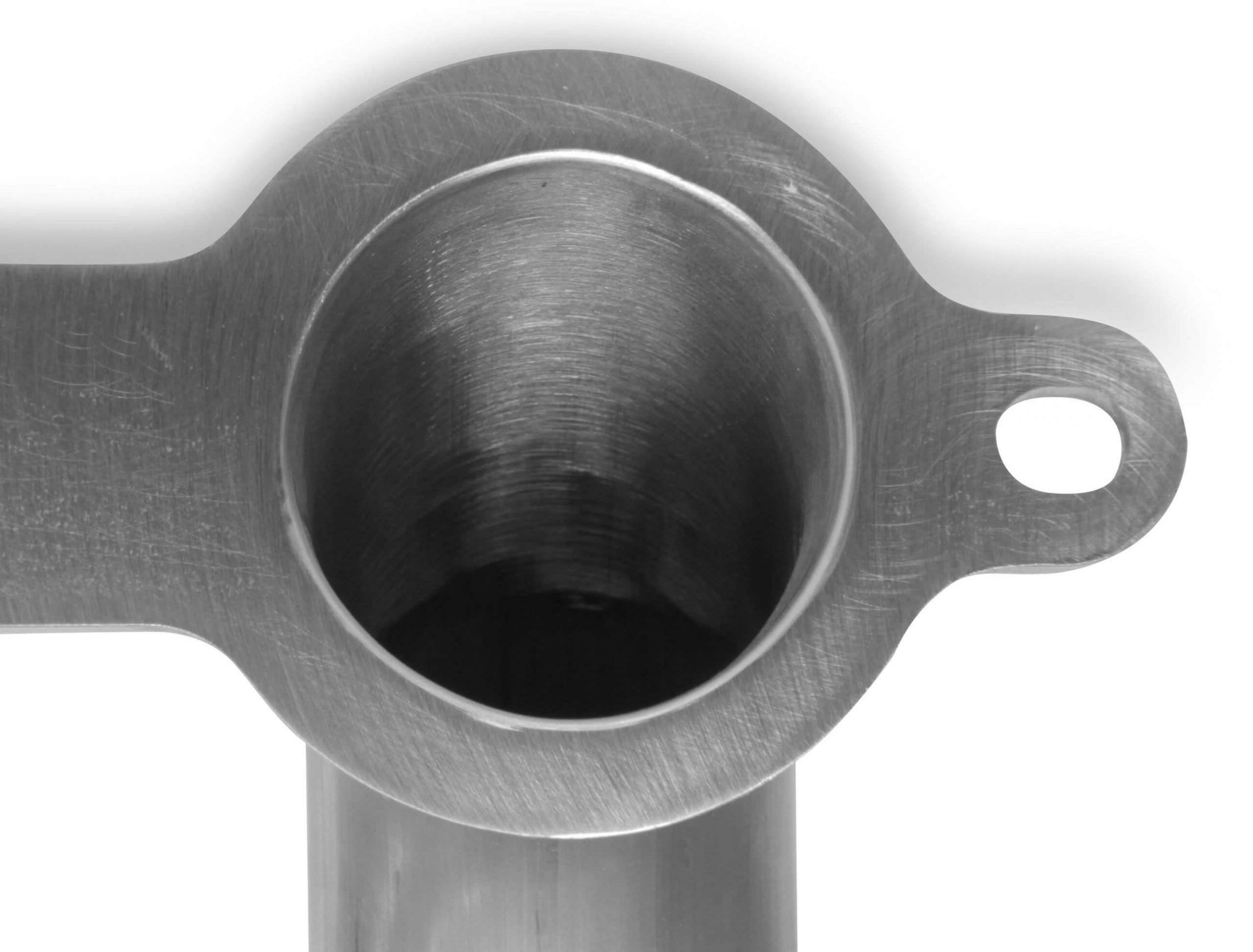
The next size you will see is the collector diameter. – The collector diameter describes just what it sounds like ― it is the diameter of the collector for all the individual primary tubes. Very often this is anywhere from 2-1/2” to 3”in diameter and is also where the rest of the exhaust system hooks up to your headers. Always be sure to match the collector diameter with the rest of your exhaust system to avoid running a restrictive reducer right off your high flow headers.
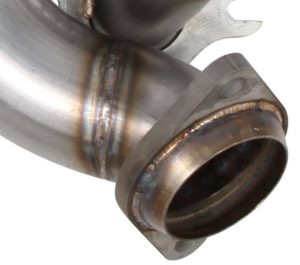
Shorty? Mid-Length? Longtube? – You will see the aforementioned names whenever you are shopping for headers and this is one of the biggest decisions to make when buying your set. The quick of it is long tubes make great power and sound, but unless you have a race car or a pre-emissions vehicle they may not be able to go on your street car. Tri-Y headers are very similar to long tubes in both size and fitment but tend to produce a bit more low-end power on most cars than their long tube counterparts. Mid-Length headers are usually a bit rarer and generally apply to specialty chassis due to fitment concerns. Shorty headers are generally the lowest power increasing headers on the block, but many shorty headers are also 50 state legal and can help give you that extra horsepower bump. Shorty headers generally replace the restrictive factory manifolds and allow you to keep the mid-pipe and catalytic converters in place. That plus their affordable pricing makes them one of the most economical header choices out there.
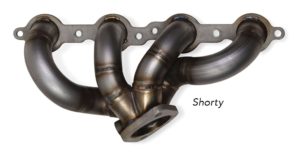
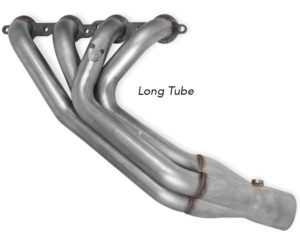
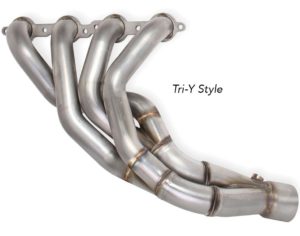
Equal length? Unequal? What’s the Diff? – Generally these terms apply when we are talking about shorty headers. Unequal length headers mean that every individual primary tube takes the shortest path possible to the collector. Equal length headers (aka “Tuned Length”) have primary tubes that are the same length between the cylinder head to the collector no matter which cylinder they come from. This type of header is the most efficient and will generally make more power vs. the unequal length headers because it balances the exhaust pulses through the headers to scavenge exhaust gasses from one pulse to another leading to higher exhaust flow to the collector.
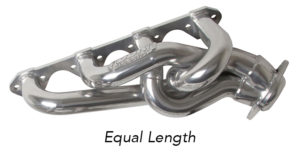
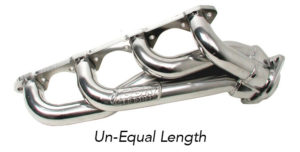
Steel? Stainless? Painted? Ceramic? – Material and finish are your next choices. Two big material choices here are mild steel or stainless steel. Stainless has the benefit of never rusting out, but generally does not offer the finish options and coating that make a show car stand out when you pop your hood unless you go the polished route. While mild steel can rust with age there are several coating options to help stall or delay that process.
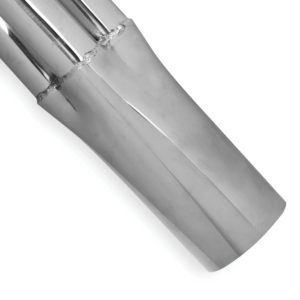
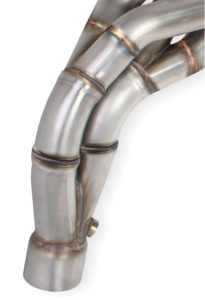
Painted – Basic headers will generally come with a painted-on black coating which protects the headers, during shipment, from flash rusting or being scraped and gouged. This coating will generally burn off within a few heat cycles of the engine and then rust will set in. However if you are planning on a custom header coating this is the one you want to pick for its ease of removal.
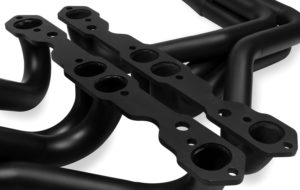
Ceramic Coatings – These coatings are the most durable. They can reduce heat transfer into the vehicle and protect the material underneath for years to come. They are available in a myriad of colors and while they may not have the same shine as chrome or hand polished stainless, they also won’t change or “Blue” with time and heat. One important note though is you never want to do an engine break in with a ceramic coated header. The coating takes a few normal heat cycles to fully cure to the material and the extreme temps of break-in can permanently damage the coating and your investment.
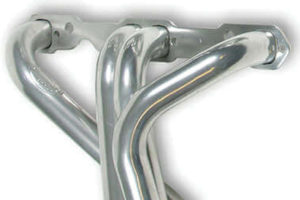
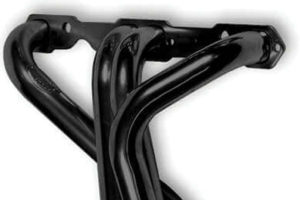
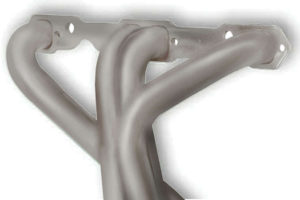
Chrome – One of the most popular coatings for its shear unmatched mirror-like finish, chrome not only protects the material below it but also looks good doing it. Chrome can be polished and cleaned for many years before the finish loses its luster. A note about chrome is that with heat cycles it can “Blue” over time. While some people love this coloring effect, the “blued” area will not keep the same mirror-like finish as the rest of the exhaust header.
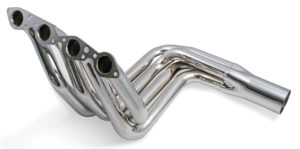
Find these header brands and much more at TopFlightAutomotive.com.









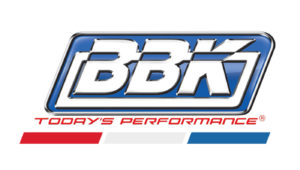










Leave a Response